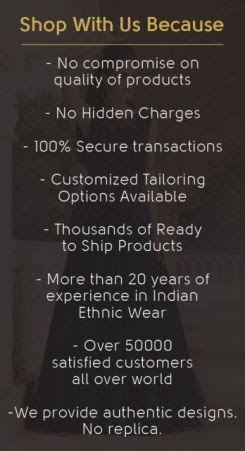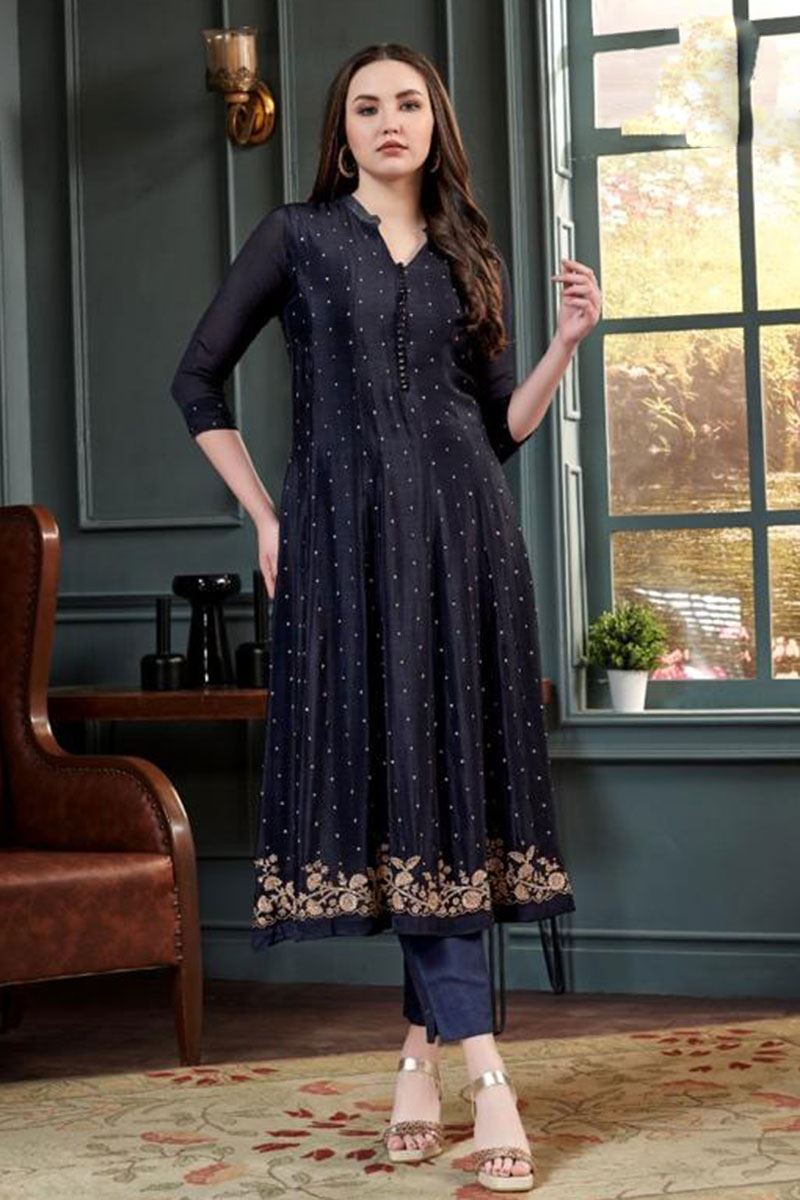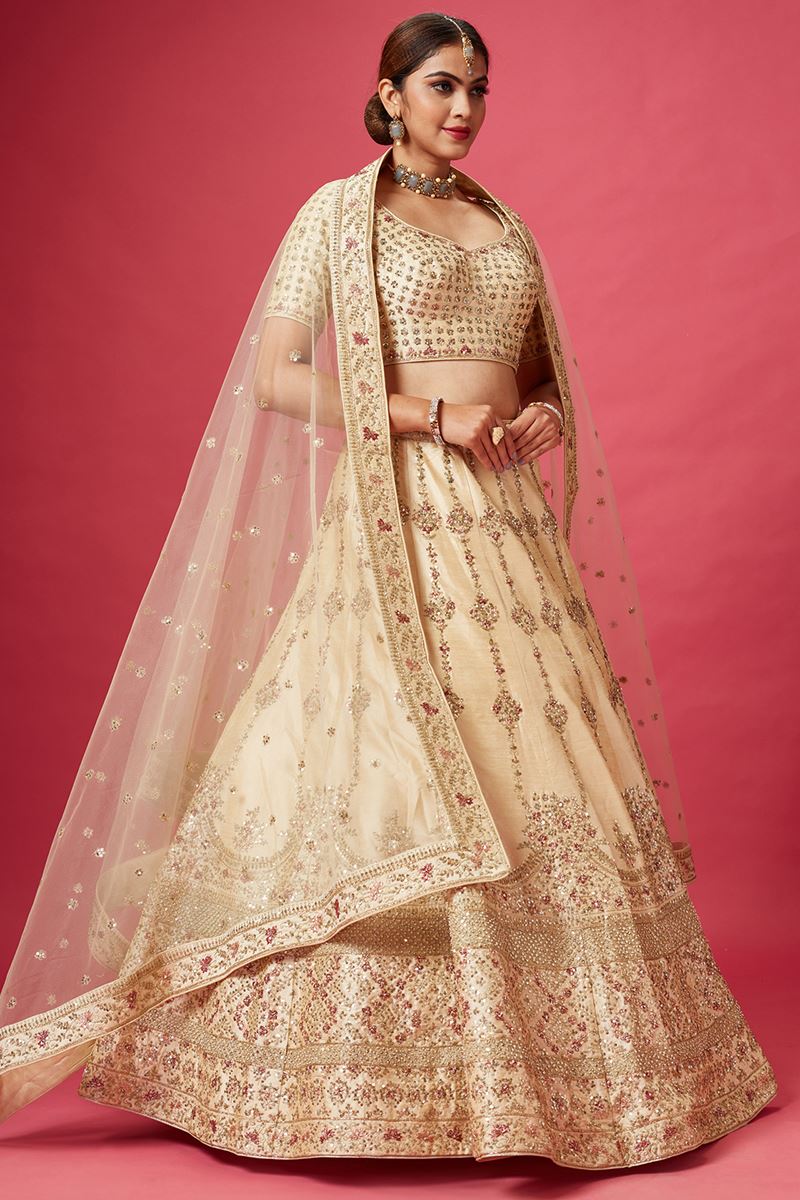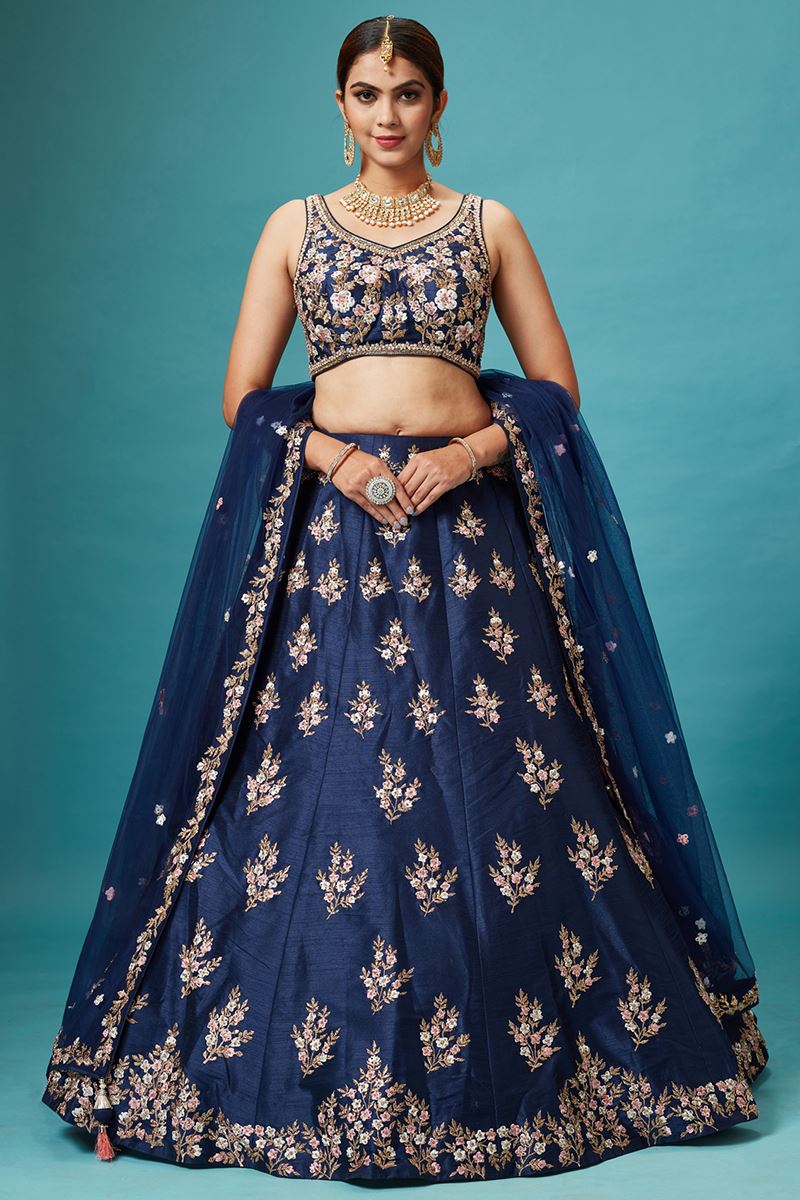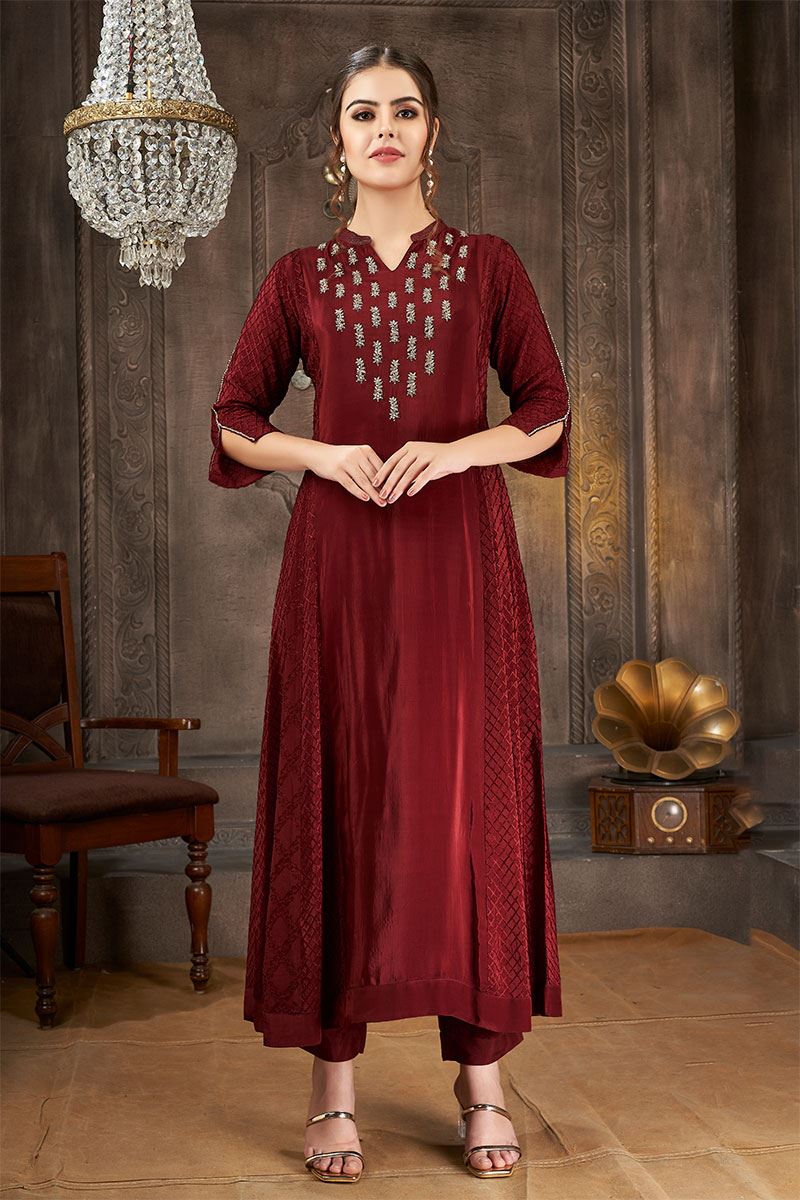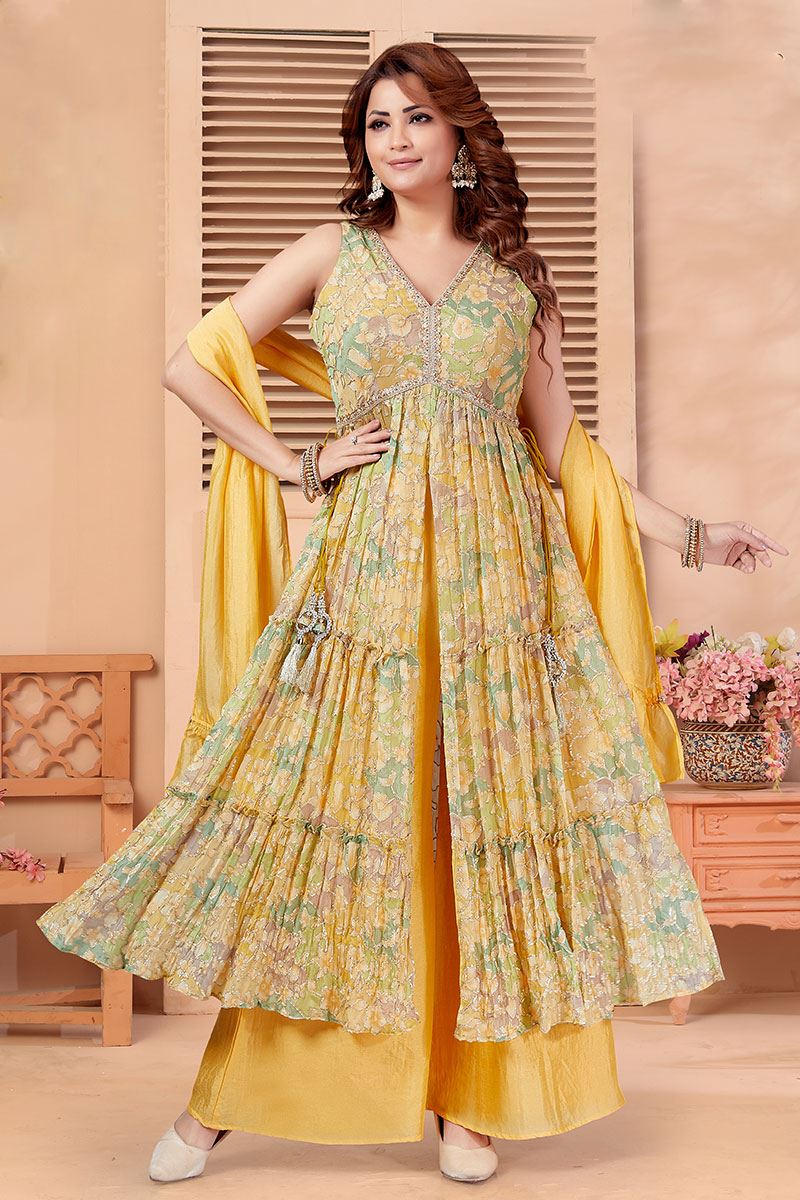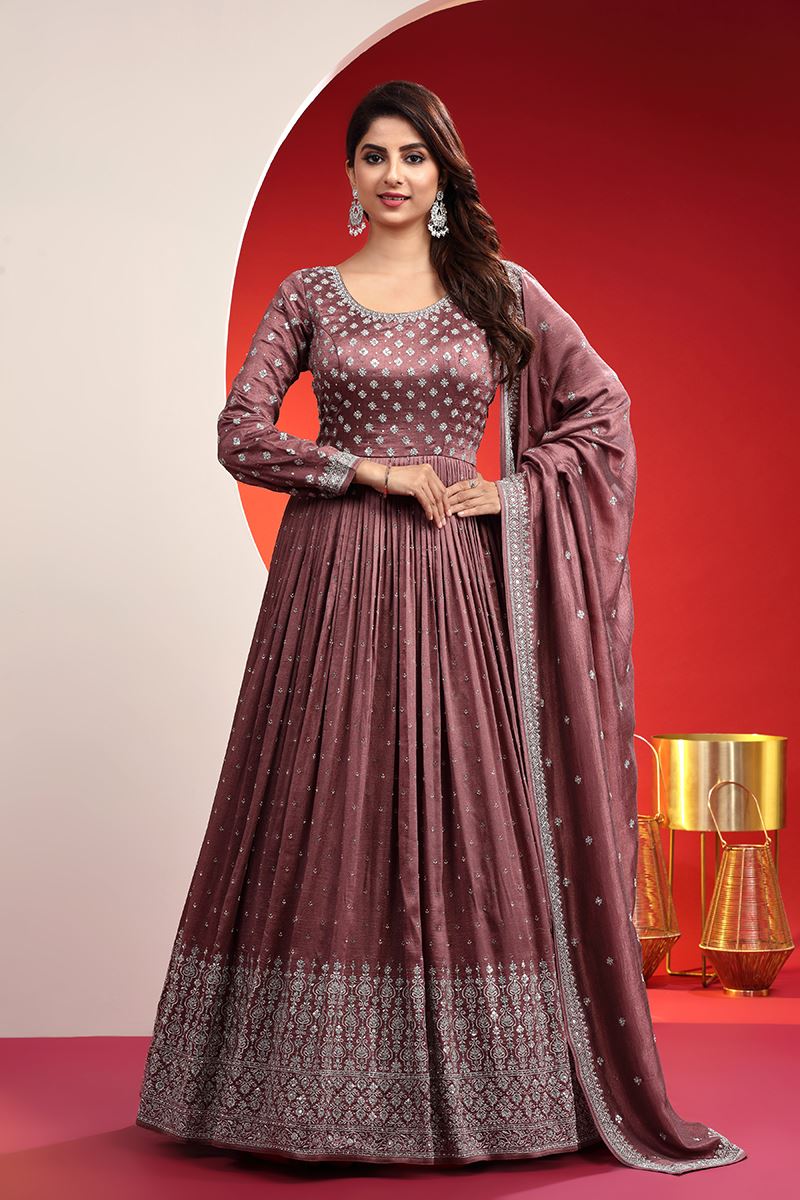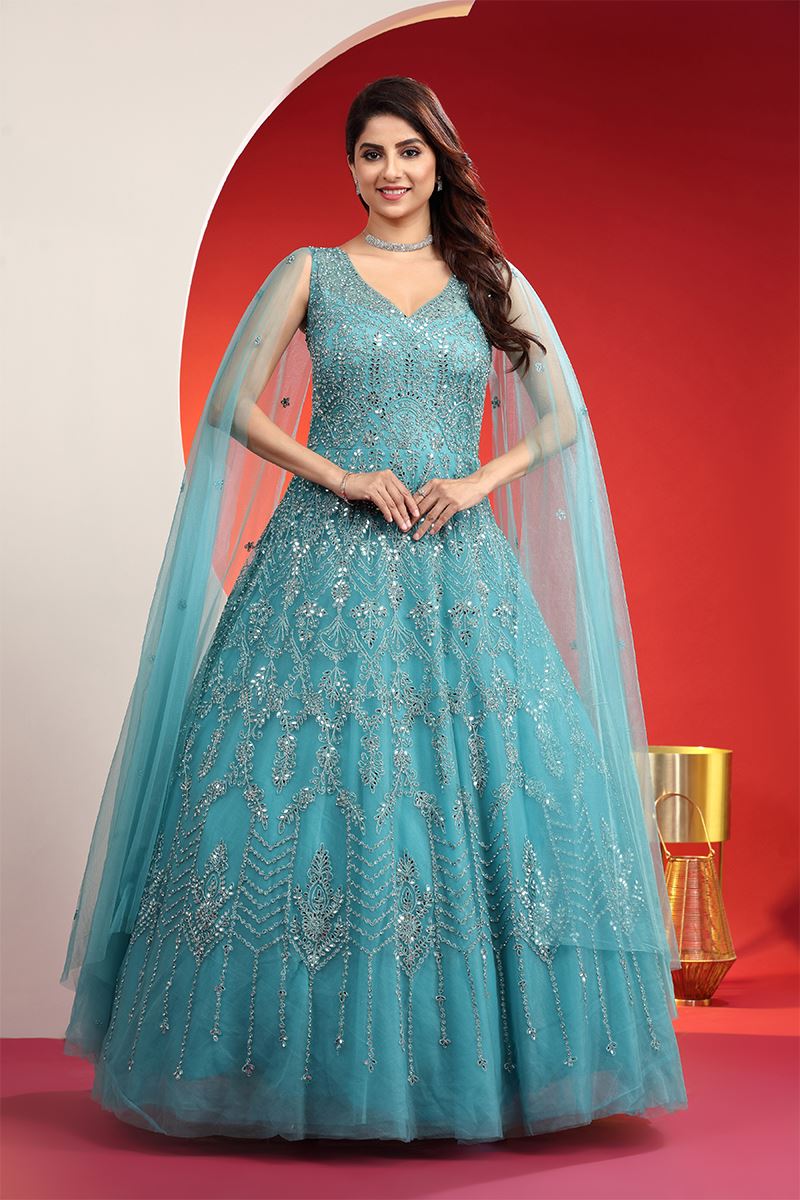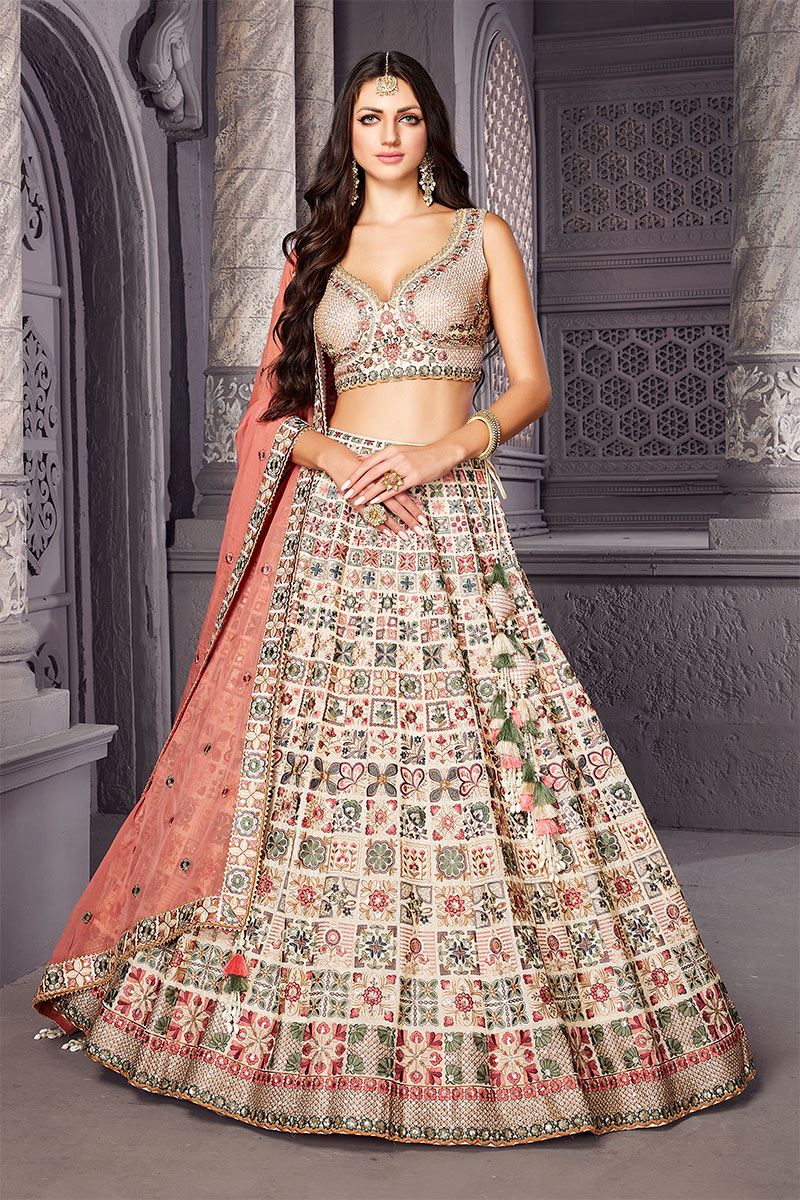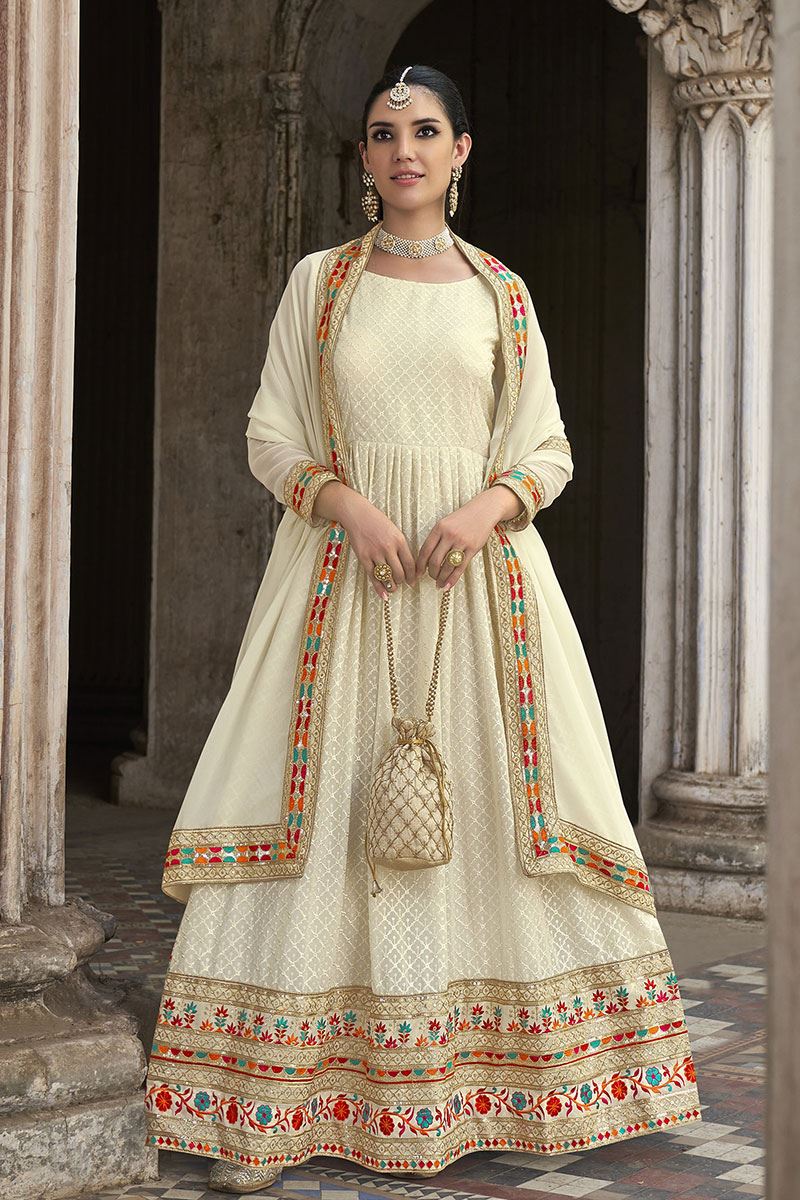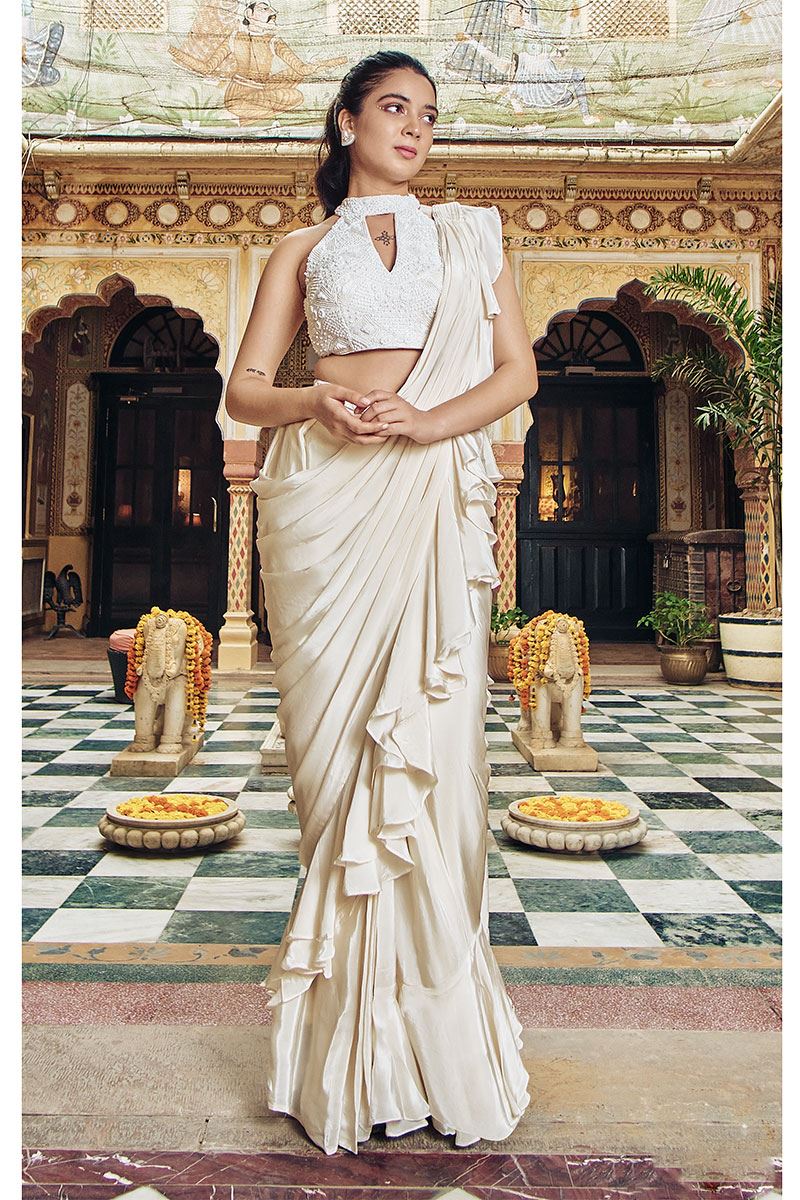Kurtis: A Wardrobe Essential
As a fashion enthusiast, I've always been captivated by the timeless elegance of kurtis. These versatile garments have become a staple in many women's wardrobes, transcending cultural boundaries and offering a unique blend of tradition and modernity. In this article, we'll embark on a journey to explore the rich history, diverse styles, and enduring appeal of kurtis, making them an indispensable part of any woman's wardrobe.
History and Evolution of Kurtis
Kurtis have a rich and fascinating history that can be traced back to the Indian subcontinent. Originating as a simple tunic-style garment, the kurti has evolved over the centuries, adapting to the changing fashion landscape while preserving its core essence. From the intricate embroidery and vibrant colors of traditional Indian kurtis to the sleek, contemporary designs that have emerged in recent years, the kurti's evolution has been a testament to its enduring appeal.
Types of Kurtis: A Style for Every Occasion
One of the remarkable qualities of kurtis is their versatility. They come in a wide range of styles, each suited to different occasions and personal preferences. Whether you're looking for a casual everyday kurti, a formal kurti for special events, or a fusion kurti that blends traditional and modern elements, there's a style to suit every need. Let's explore some of the most popular types of kurtis:
-
Straight-Cut Kurtis: These classic kurtis feature a straight, A-line silhouette that flatters a variety of body types. They are often adorned with intricate embroidery, prints, or embellishments, making them a versatile choice for both casual and dressy occasions.
-
Anarkali Kurtis: Inspired by the iconic Anarkali style, these kurtis feature a flared, floor-length design that creates a stunning, flowing silhouette. They are often paired with churidar pants or leggings, making them a popular choice for formal events and weddings.
-
Asymmetrical Kurtis: Embracing the trend towards unconventional designs, asymmetrical kurtis feature unique cuts and hemlines that add a touch of modern flair to traditional silhouettes. These kurtis can be dressed up or down, making them a great option for those who want to make a statement.
-
Crop-Top Kurtis: A contemporary take on the classic kurti, crop-top kurtis feature a shorter length that accentuates the waistline. They are often paired with high-waisted pants or skirts, creating a trendy and stylish look.
-
Tunic Kurtis: Blending the comfort of a tunic with the elegance of a kurti, these versatile garments can be worn as a standalone piece or layered with leggings, jeans, or trousers for a chic, layered look.
Benefits of Wearing Kurtis
Kurtis offer a multitude of benefits that make them a beloved wardrobe staple for women around the world. Let's explore some of the key advantages of incorporating kurtis into your fashion choices:
-
Comfort and Breathability: Kurtis are typically made from breathable, natural fabrics like cotton, linen, or silk, making them a comfortable and practical choice, especially in warm climates.
-
Versatility: As we've discussed, kurtis come in a diverse range of styles, allowing you to find the perfect fit for any occasion, from casual outings to formal events.
-
Cultural Significance: Kurtis have deep roots in Indian culture and wearing them can be a way to honor and celebrate your heritage.
-
Flattering Silhouettes: Kurtis are designed to flatter a variety of body types, with features like cinched waists, flared hemlines, and strategic embellishments that can create a visually appealing and confidence-boosting look.
-
Timeless Elegance: The enduring popularity of kurtis is a testament to their timeless elegance. They seamlessly blend tradition and modernity, making them a fashion staple that transcends trends.
How to Style Kurtis for Different Body Types
One of the great things about kurtis is their ability to flatter a wide range of body types. Whether you have a petite frame, a curvy figure, or anything in between, there are specific styling tips that can help you accentuate your best features and feel confident in your kurti.
For Petite Frames: Opt for kurtis with a shorter length and a more fitted silhouette to create the illusion of a longer, leaner look. Avoid oversized or boxy styles, as they can overwhelm a petite frame.
For Curvy Figures: Embrace kurtis with A-line or flared silhouettes, as they can help balance out your proportions and create a flattering, feminine shape. Accessorize with statement belts or scarves to cinch the waist and highlight your curves.
For Tall Frames: Longer kurtis and tunic-style options can be a great choice, as they can create a sleek, elongated look. Experiment with different hemlines and pair them with slim-fit pants or leggings to maintain a harmonious proportion.
Regardless of your body type, the key is to find a kurti that makes you feel confident and comfortable. Don't be afraid to try on different styles and silhouettes until you find the perfect fit.
Where to Buy Kurtis Online: Top Websites and Brands
With the rise of e-commerce, it's easier than ever to find and purchase the perfect kurtis online. www.aishwaryadesignstudio.com the top websites and brands that offer a wide selection of high-quality kurtis:
-
Indian Ethnic Wear Brands: Websites like www.aishwaryadesignstudio.com are renowned for their extensive collections of traditional and contemporary kurtis, showcasing the rich diversity of Indian fashion.
-
Fusion Fashion Brands: Labels like Aishwarya Design Studio Private Limited have gained popularity for their fusion-inspired kurtis that seamlessly blend Indian aesthetics with modern silhouettes.
When shopping for kurtis online, be sure to check size guides, and consider the fabric, fit, and overall quality to ensure you make a well-informed purchase.
Tips for Buying the Perfect Kurtis
Purchasing the perfect kurti can be a delightful experience, but it's important to keep a few key factors in mind to ensure you make the right choice. Here are some tips to help you find the kurti of your dreams:
-
Identify Your Style: Reflect on your personal fashion preferences and the occasions you'll be wearing the kurti for. This will help you narrow down the styles and designs that best suit your needs.
-
Consider Fabric and Fit: Pay attention to the fabric composition, as it can impact the overall comfort and drape of the kurti. Additionally, be mindful of the fit, ensuring it flatters your body type and provides the desired level of coverage.
-
Explore Embellishments: Kurtis often feature intricate embroidery, prints, or embellishments that can add a touch of elegance and personality to your look. Decide whether you prefer a more minimalist or statement-making design.
-
Determine the Appropriate Length: Kurtis come in a range of lengths, from cropped to floor-sweeping. Choose a length that complements your height and the specific outfit you have in mind.
-
Invest in Versatile Pieces: When building your kurti wardrobe, look for versatile designs that can be dressed up or down, allowing you to maximize the use of your investments.
-
Check for Quality and Craftsmanship: Inspect the construction, stitching, and finishing details to ensure you're purchasing a well-made garment that will stand the test of time.
By keeping these tips in mind, you'll be well on your way to finding the perfect kurtis that not only look stunning but also make you feel confident and comfortable.
Maintenance and Care Tips for Kurtis
To ensure your kurtis maintain their timeless elegance and last for years to come, it's important to follow proper care and maintenance practices. Here are some tips to keep your kurtis looking their best:
-
Fabric-Specific Washing: Check the care label and wash your kurtis accordingly. Natural fabrics like cotton and linen may require gentle hand-washing or machine-washing on a delicate cycle, while silk kurtis may need to be dry-cleaned.
-
Avoid Harsh Detergents: Use mild, pH-neutral detergents or specialized fabric cleaners to prevent fading, shrinkage, or damage to the intricate designs on your kurtis.
-
Proper Drying: Lay flat or hang your kurtis to air-dry, as machine drying can cause the fabric to shrink or the embellishments to become misshapen.
-
Ironing Techniques: When ironing, use a low heat setting and avoid pressing directly on any embroidery or embellishments to prevent damage.
-
Proper Storage: Fold or hang your kurtis in a cool, dry place, away from direct sunlight, to prevent fading or discoloration. Avoid storing them in plastic bags, as this can trap moisture and lead to mildew.
-
Spot Cleaning: For minor stains or dirt, spot-clean your kurtis using a mild detergent solution and a soft cloth, being careful not to rub the fabric too vigorously.
By following these simple care tips, you can ensure that your kurtis remain in pristine condition, allowing you to enjoy their timeless elegance for years to come.
Kurtis for Women: Latest Trends and Designs
As fashion evolves, the world of kurtis has kept pace, with designers and brands introducing innovative designs and trends that cater to the ever-changing preferences of modern women. Let's explore some of the latest and most captivating kurti trends:
-
Vibrant Prints and Patterns: From bold, abstract prints to intricate floral motifs, kurtis with eye-catching designs have become increasingly popular, allowing women to make a statement with their fashion choices.
-
Fusion Styles: Blending traditional Indian elements with contemporary silhouettes, fusion-inspired kurtis have gained widespread acclaim, offering a fresh and versatile take on the classic garment.
-
Sustainable and Eco-Friendly Fabrics: Conscious consumers are gravitating towards kurtis made from sustainable and eco-friendly fabrics, such as organic cotton, linen, and recycled materials, without compromising on style or quality.
-
Minimalist Chic: Embracing the beauty of simplicity, minimalist-inspired kurtis with clean lines, subtle embellishments, and a focus on tailoring have emerged as a popular choice for those seeking a sophisticated, understated look.
-
Asymmetrical Cuts and Silhouettes: Designers are pushing the boundaries of traditional kurti designs, experimenting with asymmetrical hemlines, unique necklines, and innovative sleeve treatments to create visually striking and modern garments.
As you explore the latest kurti trends, remember to choose styles that align with your personal preferences and body type, ensuring you feel confident and comfortable in your wardrobe choices.
Kurtis for Girls: Fashionable Choices for the Younger Generation
The appeal of kurtis extends beyond the adult demographic, as the younger generation has also embraced these versatile garments. Designers and brands have responded by creating a diverse range of kurtis specifically tailored to the preferences and needs of girls.
From playful, vibrant prints and patterns to sleek, minimalist designs, there's a kurti to suit every girl's style. Parents can take advantage of this trend, encouraging their daughters to explore the world of kurtis and cultivate a sense of cultural pride and personal expression through their fashion choices.
Kurtis for girls often feature shorter lengths, adjustable silhouettes, and playful embellishments, making them a comfortable and practical option for school, social events, or casual outings. By introducing girls to the timeless elegance of kurtis, we can empower them to embrace their cultural heritage while also fostering their individual style and confidence.
Long Kurtis for Women: Versatile and Stylish Options
While the classic kurti silhouette often features a shorter length, the emergence of long kurtis has opened up a world of fashion possibilities for women. These elongated versions of the traditional kurti offer a range of benefits and styling opportunities.
Long kurtis can create a sleek, sophisticated look, especially when paired with slim-fit pants or leggings. They provide ample coverage, making them a practical choice for formal events, office attire, or modest dressing. Additionally, long kurtis can be layered with jackets, shawls, or cardigans to achieve a chic, multi-dimensional ensemble.
One of the key advantages of long kurtis is their versatility. They can be dressed up or down, seamlessly transitioning from a casual daytime look to a more formal evening ensemble. Experiment with different accessories, footwear, and styling techniques to create a variety of outfits that cater to your personal style and the occasion.
Whether you prefer bold prints, delicate embroidery, or minimalist designs, the world of long kurtis offers a wealth of options to elevate your wardrobe and embrace the timeless elegance of this versatile garment.
Conclusion: Embrace the Timeless Elegance of Kurtis
As we've explored, kurtis are a timeless wardrobe essential that offer a unique blend of tradition, modernity, and versatility. From their rich cultural heritage to the ever-evolving design trends, kurtis have firmly cemented their place as a beloved garment for women of all ages and backgrounds.
Whether you're a seasoned kurti enthusiast or new to this captivating world of fashion, I encourage you to embrace the timeless elegance of kurtis. Explore the diverse styles, experiment with different ways of styling, and let your personal flair shine through. With the right kurti, you can elevate your wardrobe, express your individuality, and feel confident in your own skin.
So, what are you waiting for? Start your journey to discover the perfect kurtis that will become essential pieces in your wardrobe. Happy shopping!
Shop Kurtis Online - https://www.aishwaryadesignstudio.com/kurtis


 +1 323 315 2595
+1 323 315 2595  +44 11621 61404
+44 11621 61404 
 shopping bag
shopping bag

